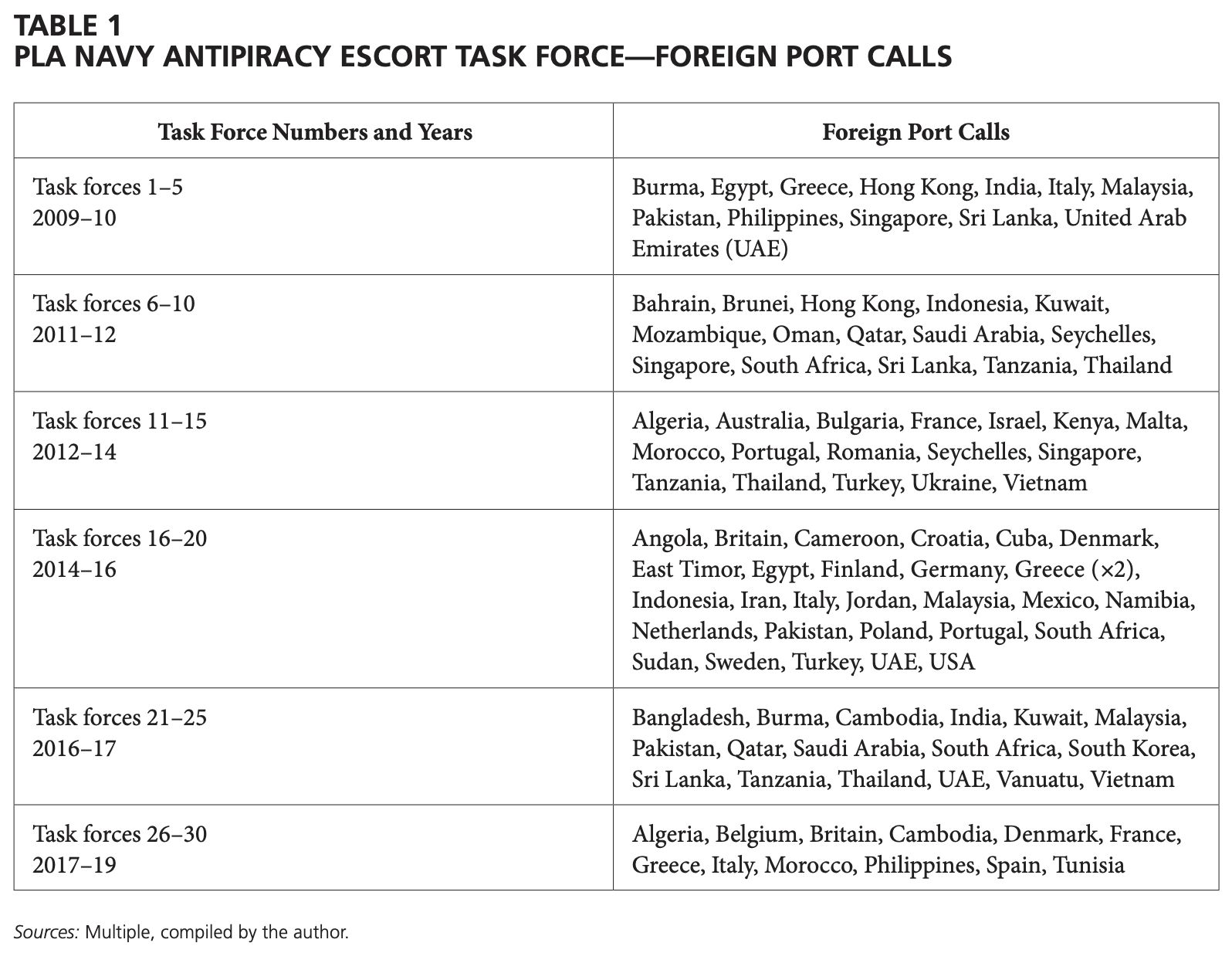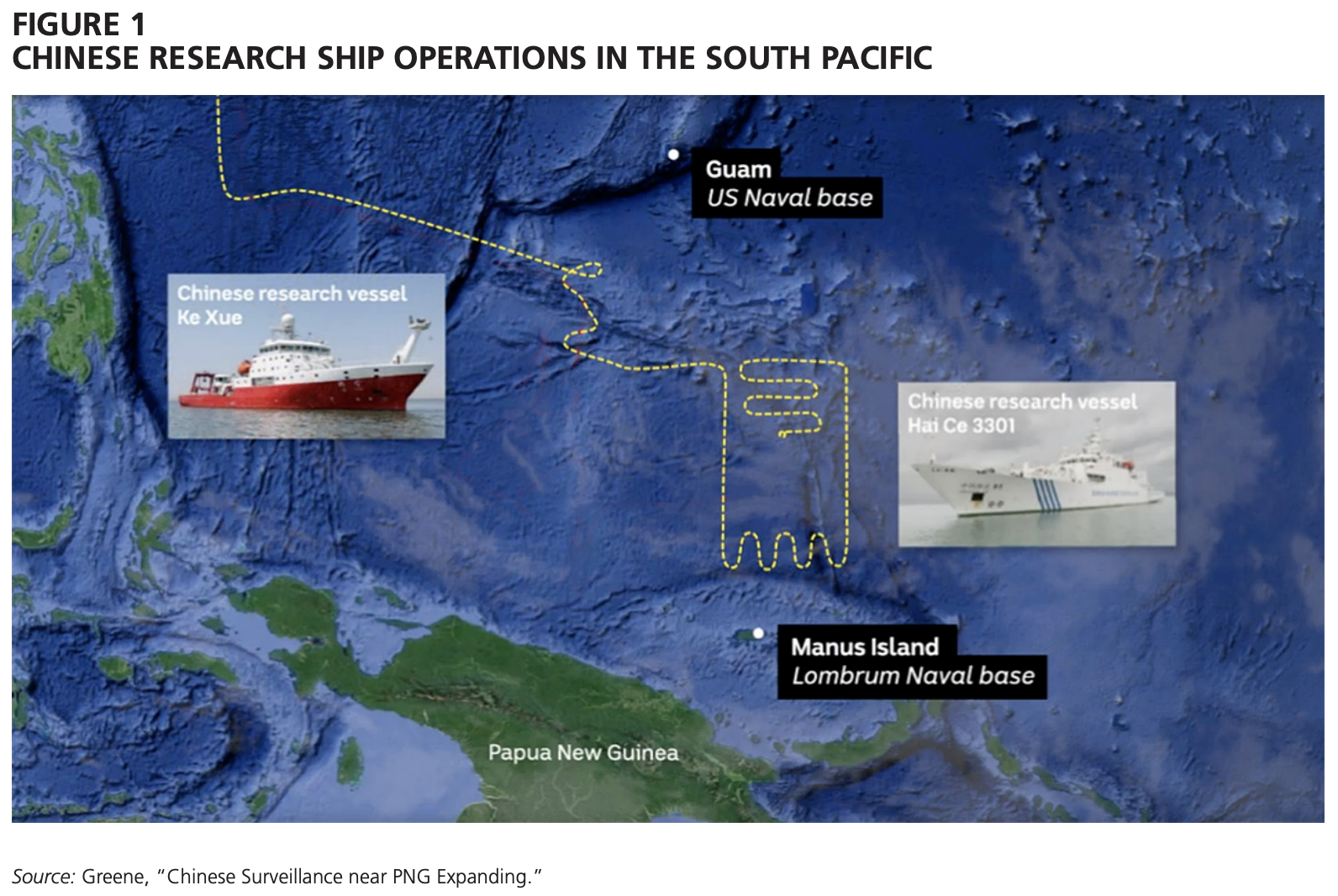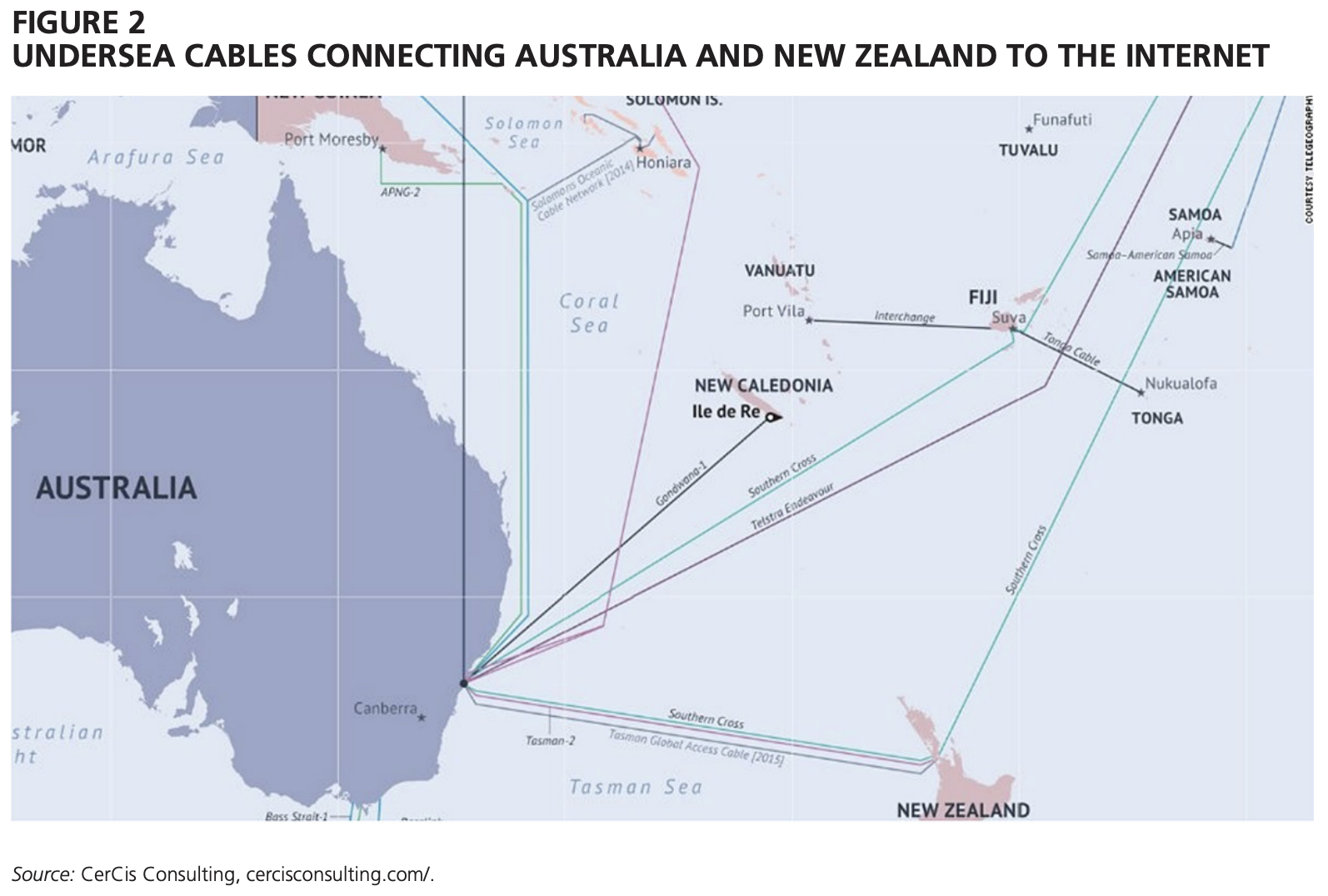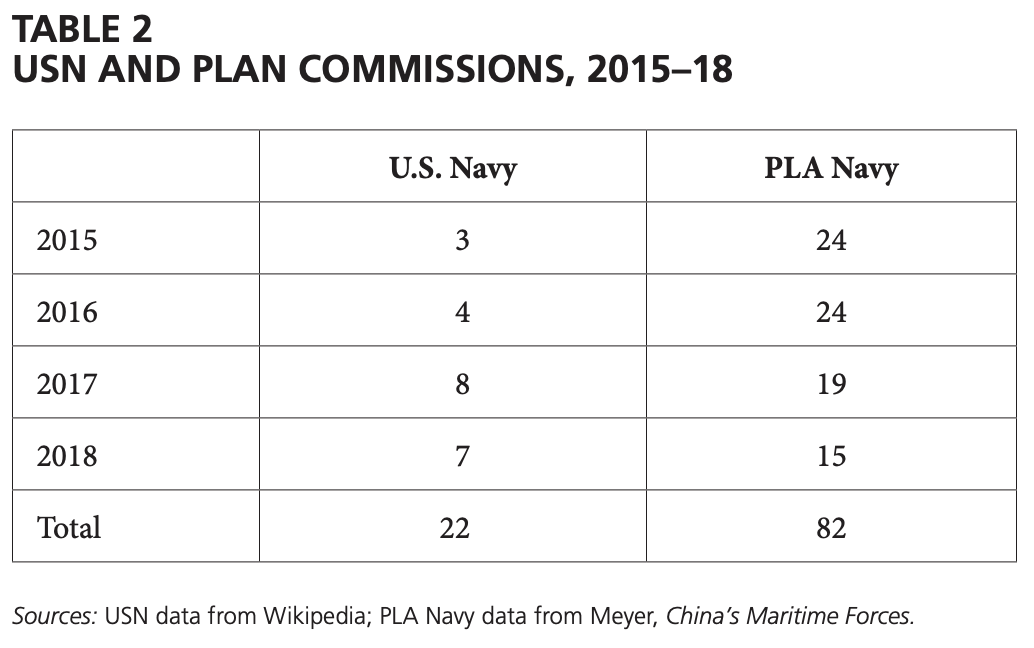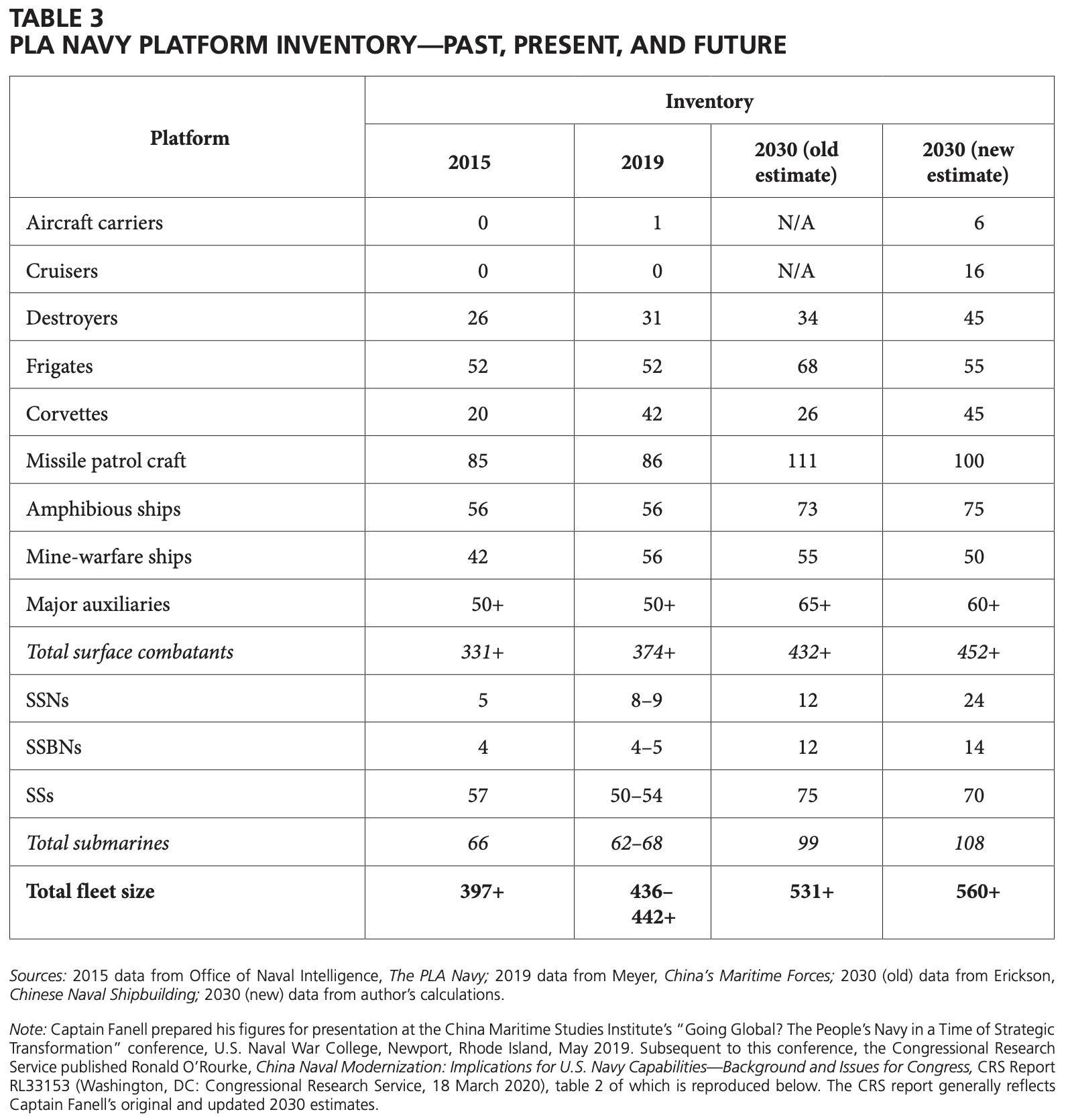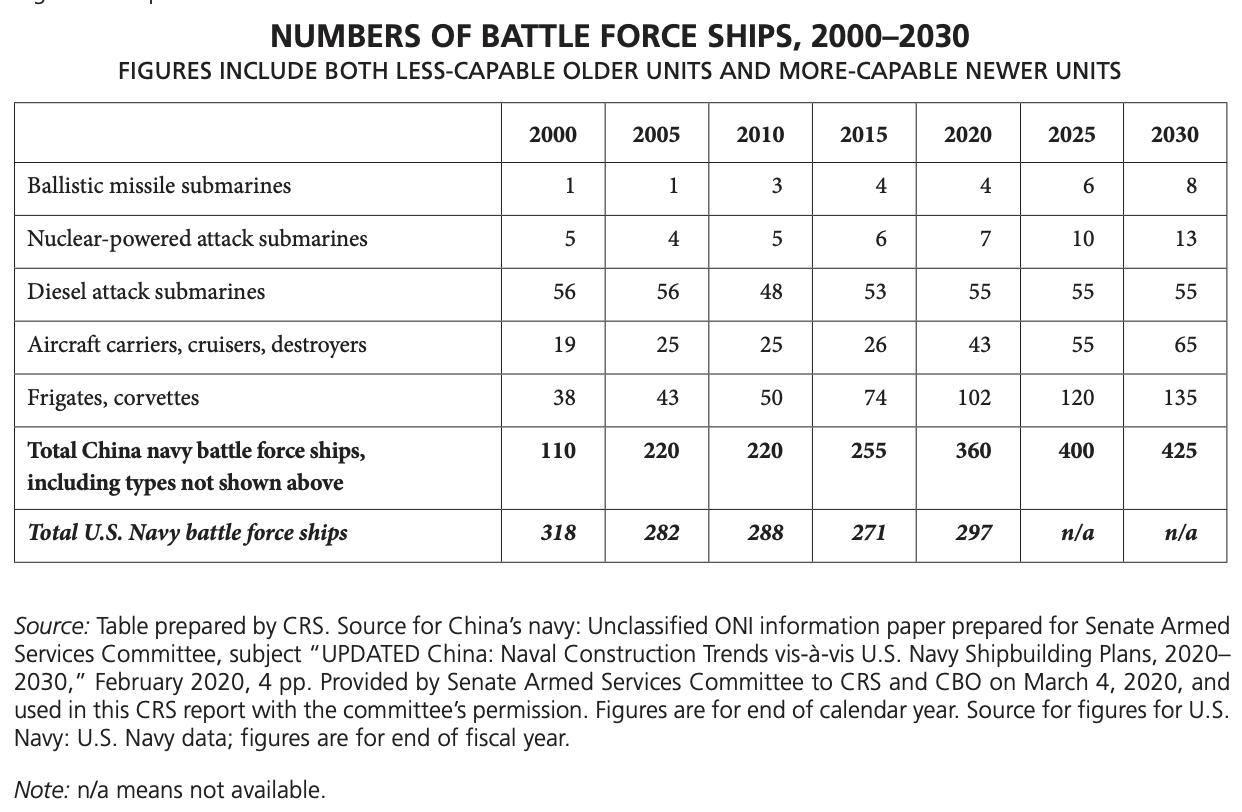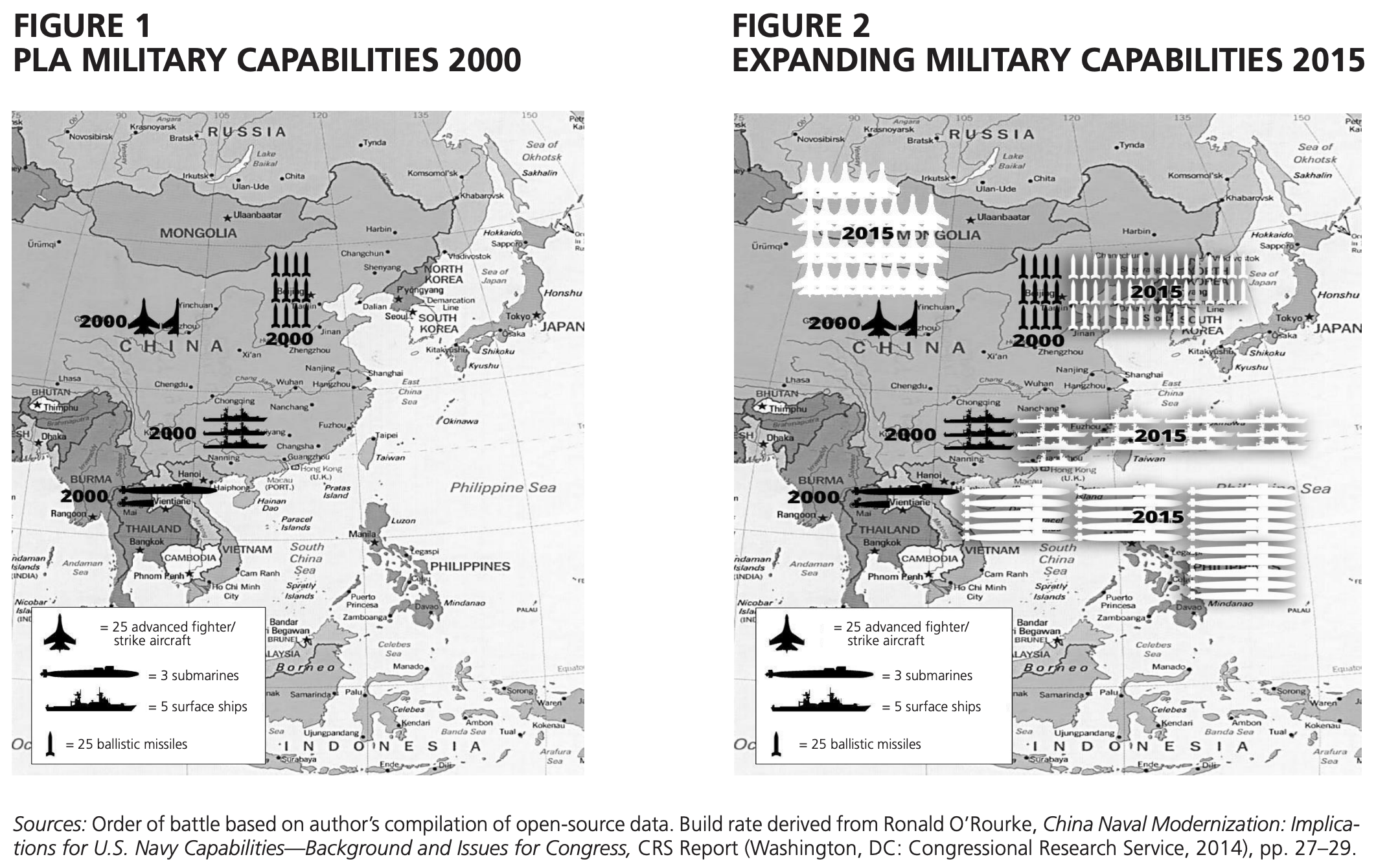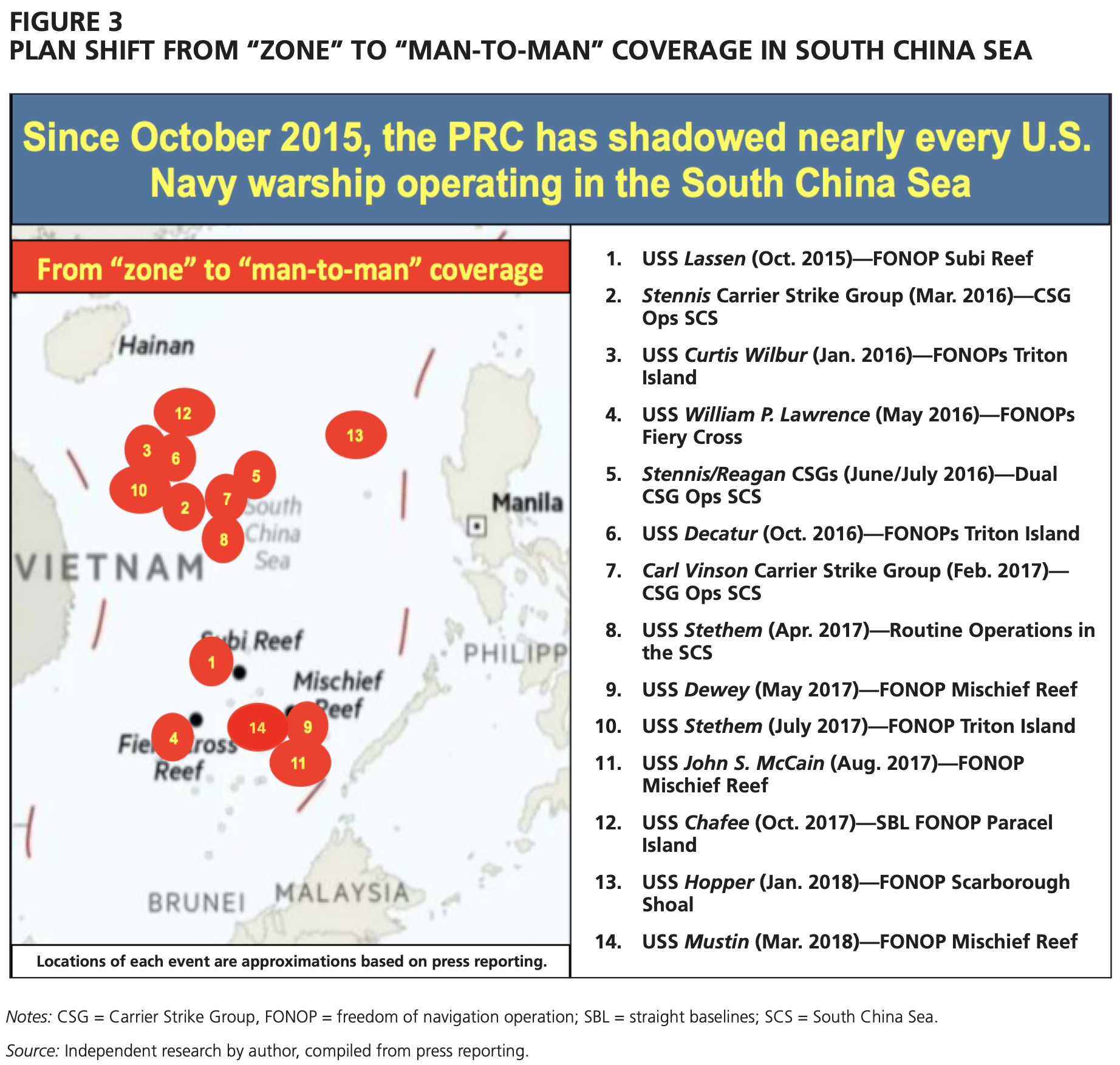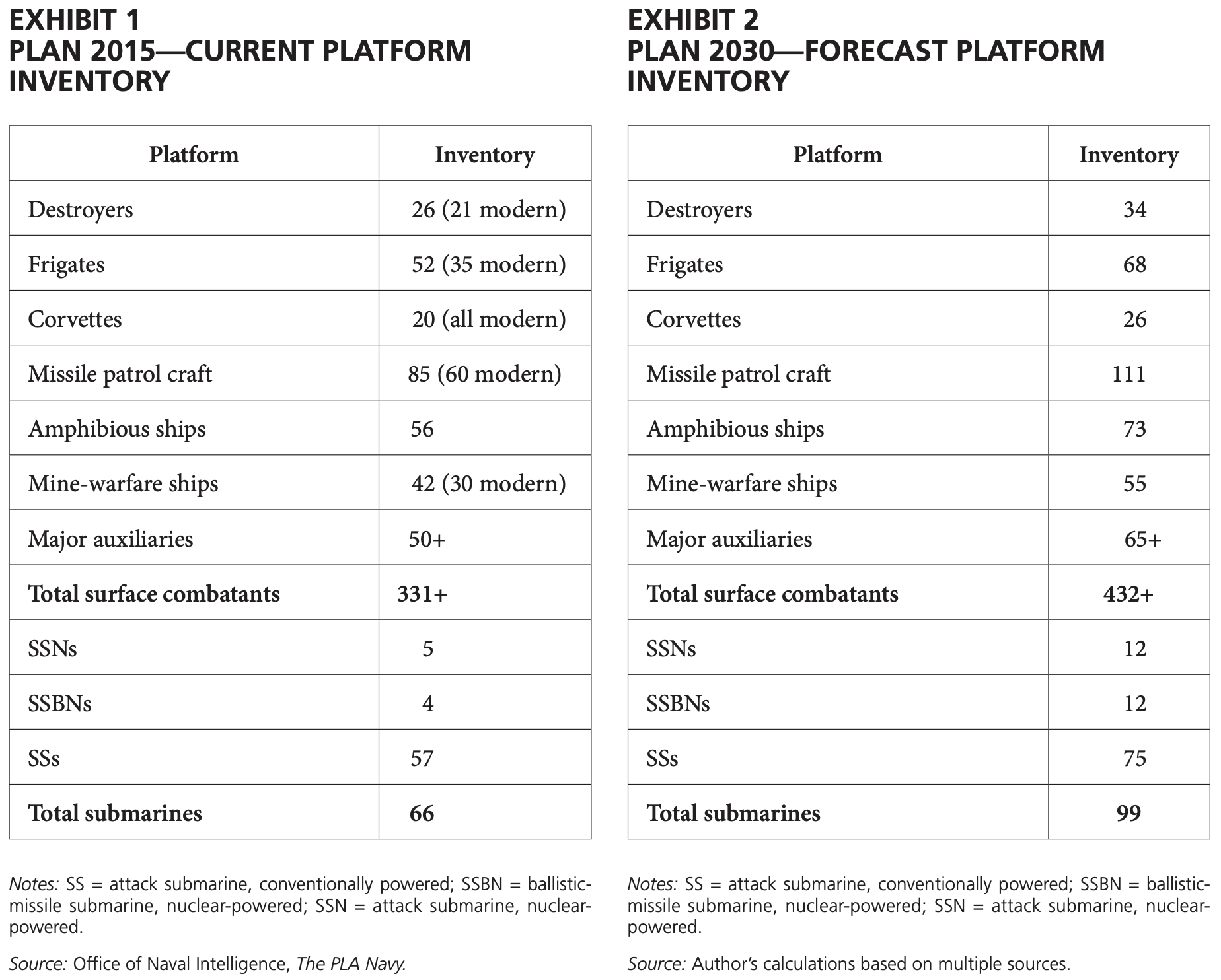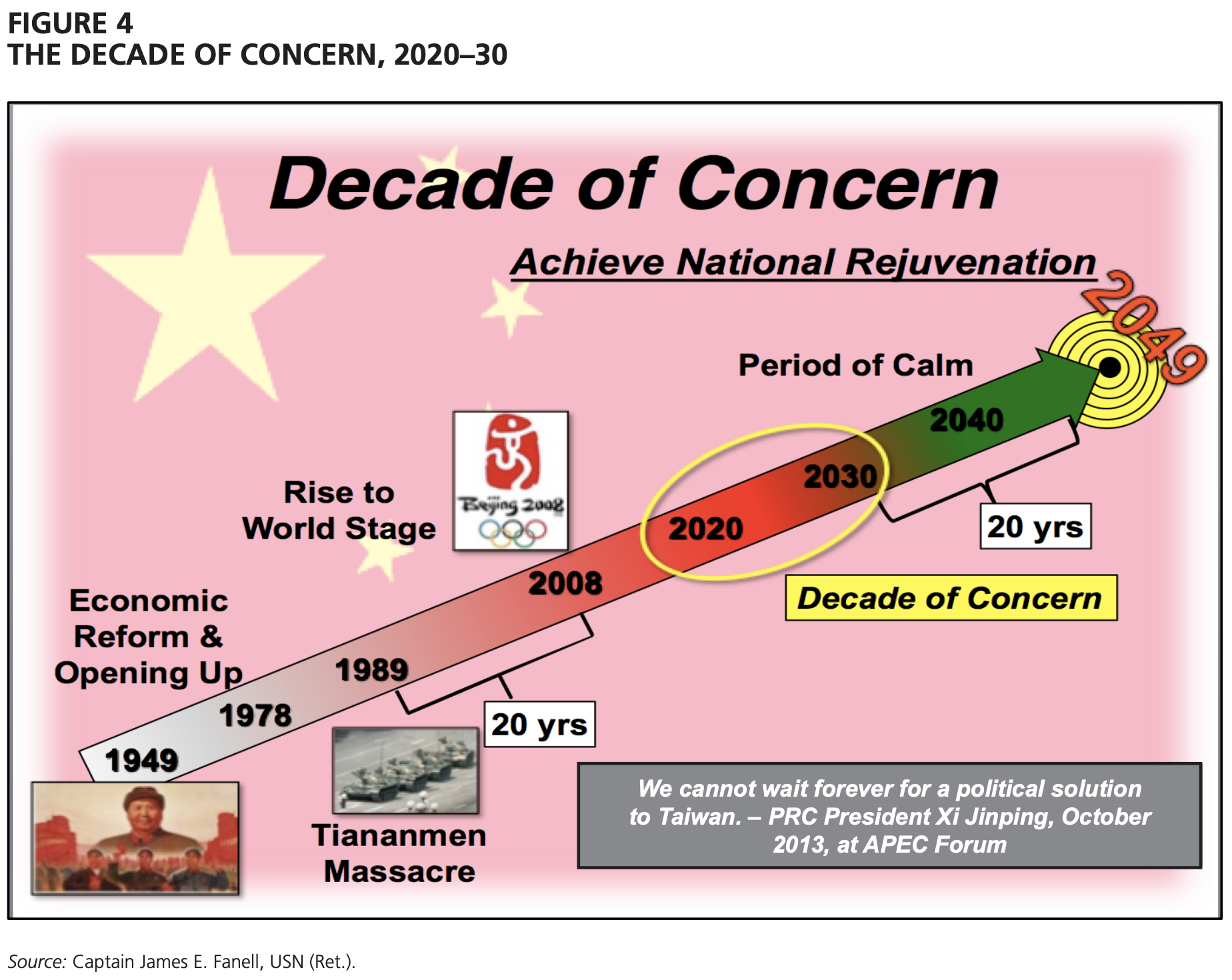China’s Global Navy—Today’s Challenge for the United States and the U.S. Navy
James E. Fanell, U.S. Navy (Ret.), “China’s Global Navy—Today’s Challenge for the United States and the U.S. Navy,” Naval War College Review 73.4 (Autumn 2020): 1–33.
Click here to read related testimony and article by the author.
The PRC continues to build a naval force that, if left unchallenged, will be increasingly capable of achieving sea control in the global maritime commons as early as 2030, and potentially achieving sea superiority by 2049.
U.S. national-security leaders must assess the speed and sustainability of the national effort by the People’s Republic of China (PRC) to deploy a global navy. In June 2018, I stood on the fantail of the People’s Liberation Army (PLA) Navy (PLAN) guided-missile frigate Binzhou in the port of Kiel, Germany—and it was never clearer to me than at that moment that Beijing has the national will to dominate the seas.
Binzhou had been at sea for two and a half months patrolling the waters of the Gulf of Aden, as part of China’s antipiracy naval task force. Binzhou had transited the Red Sea, the Suez Canal, the Mediterranean Sea (with a refueling stop), and the English Channel and had sailed into the Baltic Sea. Moored among German and American warships, Binzhou stood out for its immaculate appearance. The ship’s officers, crew, and staff exuded confidence and preparedness to get under way—to sea, the place where they looked as if they belonged. This contrasted sharply with my recollections of a 2004 visit to the destroyer Luhu in Qingdao, as well as many subsequent visits aboard PLAN warships over the next fifteen years.
The visit to Binzhou crystallized for me that in the short space of a decade and a half I had witnessed the transformation of the PLAN from a timid, near-seas assembly of ships into a global naval force whose ships’ crewmembers were true mariners—as comfortable, confident, and capable as their German, British, and American counterparts. We are witnessing the beginning of a global PLAN—which, if left unchecked, will dominate the world’s oceans. … … …
RELATED TESTIMONY AND ARTICLE BY AUTHOR:
James E. Fanell, U.S. Navy (Ret.), “Asia Rising: China’s Global Naval Strategy and Expanding Force Structure,” Naval War College Review 72.1 (Winter 2019): 1–46.
The balance of power in the Indo-Pacific is shifting as China spends its national treasure to build a modern, blue-water navy and exerts its influence around the region, and the world, through economic investment and military power projection. Beijing’s pursuit of the China Dream is pushing America and its allies toward a decade of concern, when the already tenuous situation may experience further destabilization.
This article is derived from Captain Fanell’s testimony at the hearing before the U.S. House of Representatives Permanent Select Committee on Intelligence on May 17, 2018. The full text of his original testimony more forcefully reflects his admonitions to the committee, and it is available online at https://intelligence.house.gov/uploadedfiles/james_e._fanell_hpsci _testimony_-_final_-_17may18.pdf.
China’s unilateral expansion into and through the international waters within the first island chain—or what Beijing now calls China’s Blue Territories—over the past six years has altered the strategic balance of power dramatically in the Indo-Pacific region.1 That strategic balance has shifted in favor of the People’s Republic of China (PRC) and against America’s security and interests.
In addition to building a modern, blue-water navy, the PRC has taken a wide range of destabilizing actions that pose an increasing threat to global security. Among these actions are the construction of naval air stations in the South China Sea, including on Mischief Reef, which is located within the exclusive economic zone (EEZ) of the Philippines, a U.S. ally; its declaration of an air-defense identification zone (ADIZ) in the East China Sea near Japan; its claims of sovereignty over the Senkaku Islands; and its flat-out repudiation of the authority of the Permanent Court of Arbitration (PCA), the world’s oldest standing international-law arbitral body.2 The threatening actions also include China’s unprecedented and increasing naval operations in the western Pacific, South Pacific, and Indian Oceans; the Mediterranean and Baltic Seas; the Arctic and Antarctic; and, finally, the Atlantic Ocean. These actions are clear empirical indicators of China’s future malign intentions and actions.
These intentions and actions position China’s military forces, particularly its navy, air force, missile forces, and rapidly expanding marine corps, as the arbiters of a new global order—one that stands opposed to U.S. national interests and values and those of our friends and allies. China has spent billions of dollars on a military that can achieve the dreams of the Chinese Communist Party (CCP).
It is crucial to establish firmly and quickly why the PRC’s rapid, global, and very expensive naval expansion matters. The CCP is engaged in a total, protracted struggle for regional and global supremacy. This supremacy is at the heart of the “China Dream.”3 China’s arsenal in this campaign for supremacy includes economic, informational, political, and military warfare. The campaign at its heart is opportunistic; we have witnessed already China’s expansion into the vacuum of a diminishing U.S. presence in East Asia. … … …

